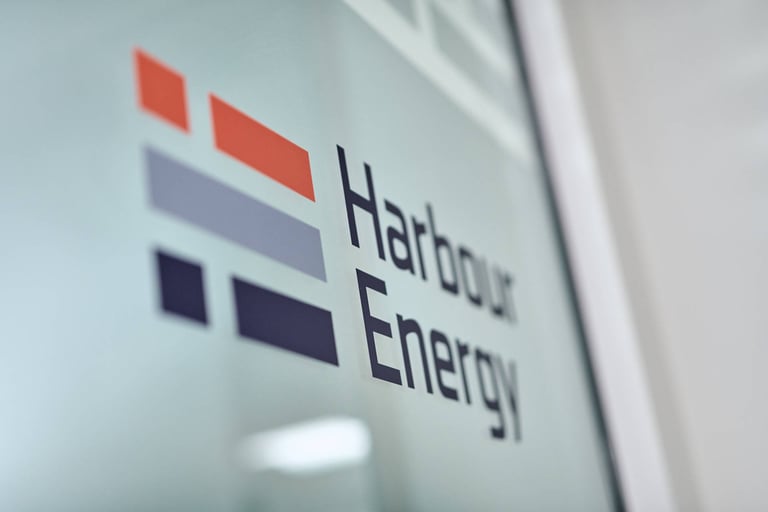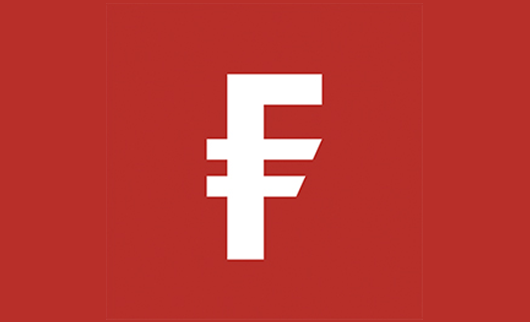Sam Altman recently floated the idea that software is entering a “fast fashion era” of SaaS. In one terse message, he challenged a core assumption of enterprise software: that durability, stability, and long‑term support are non-negotiable pillars. The implied wager is that speed, flexibility, and iteration will matter more.
At its core, Altman’s metaphor draws from fashion: low-cost items churned rapidly through trends, often with compromised quality or durability. In the SaaS context, that suggests a future where applications are spun up fast, iterated obsessively, and discarded nearly as fast, rather than being built for decades of operation. The danger, of course, is that many tools become disposable, losing institutional trust, fragmenting data, or creating churn in vendor relationships.
What’s accelerating all this is AI. Tools that generate code, assist in UI building, or stitch together backend services have lowered the technical barrier to launching a SaaS product. The “vibe coding” concept popularised by Andrej Karpathy hints at letting generative tools steer the creative process, a kind of codified intuition divorced from deep engineering. As more creators lean into such tools, we risk saturation: dozens of apps that do the same basic thing, with little to distinguish them beyond branding or minor features.
Cerillion plc (LON:CER) is a leading provider of billing, charging and customer management systems with more than 20 years’ experience delivering its solutions across a broad range of industries including the telecommunications, finance, utilities and transportation sectors.











































